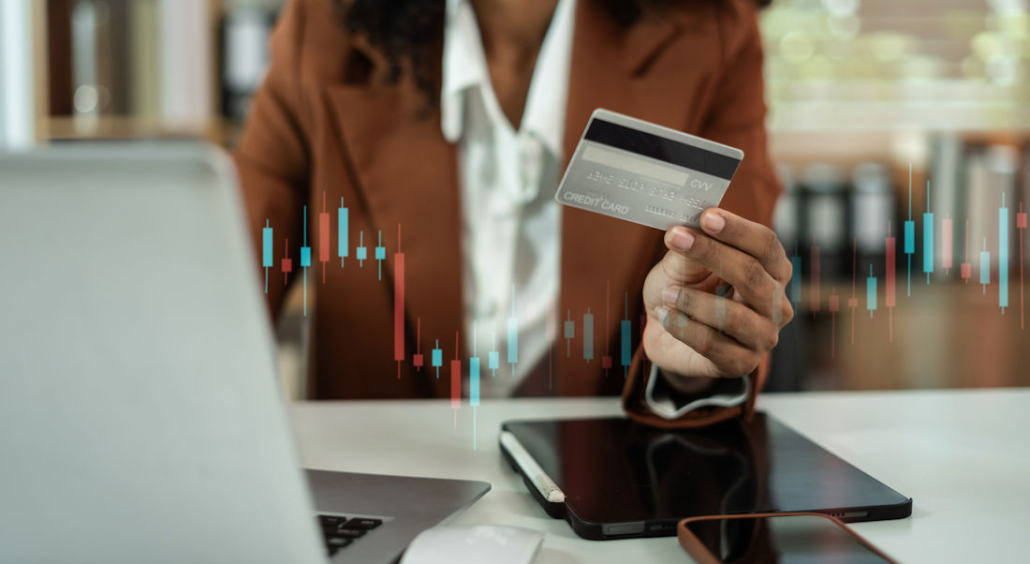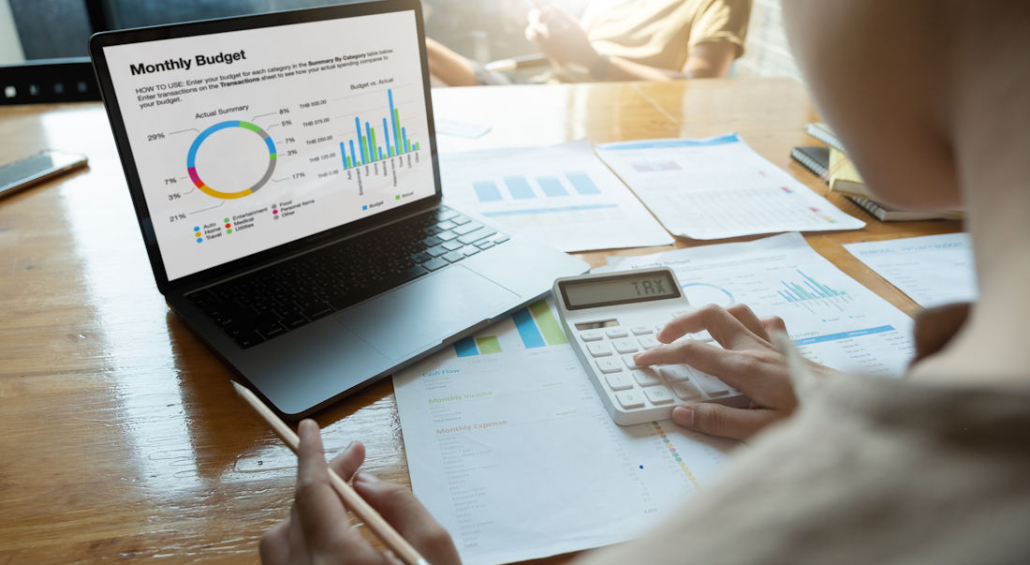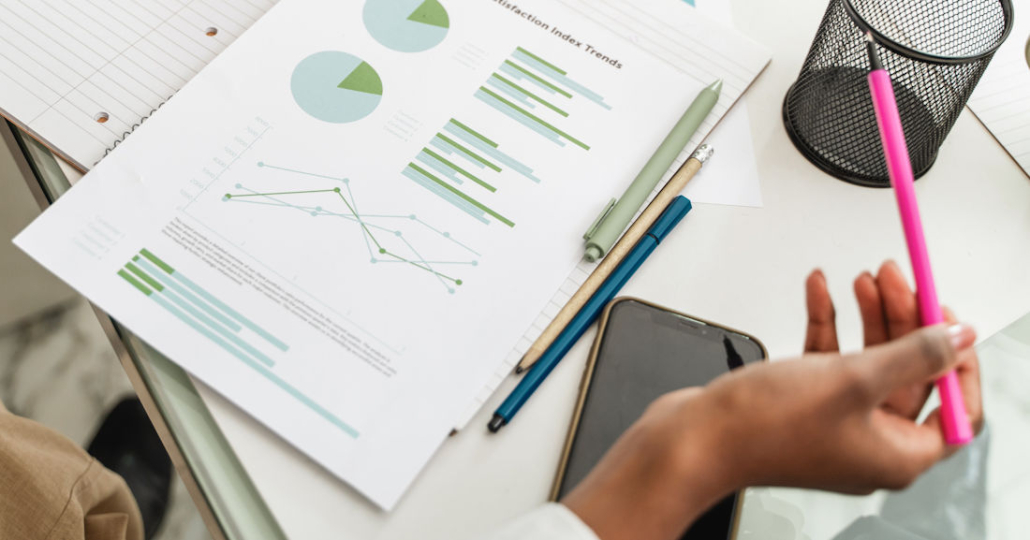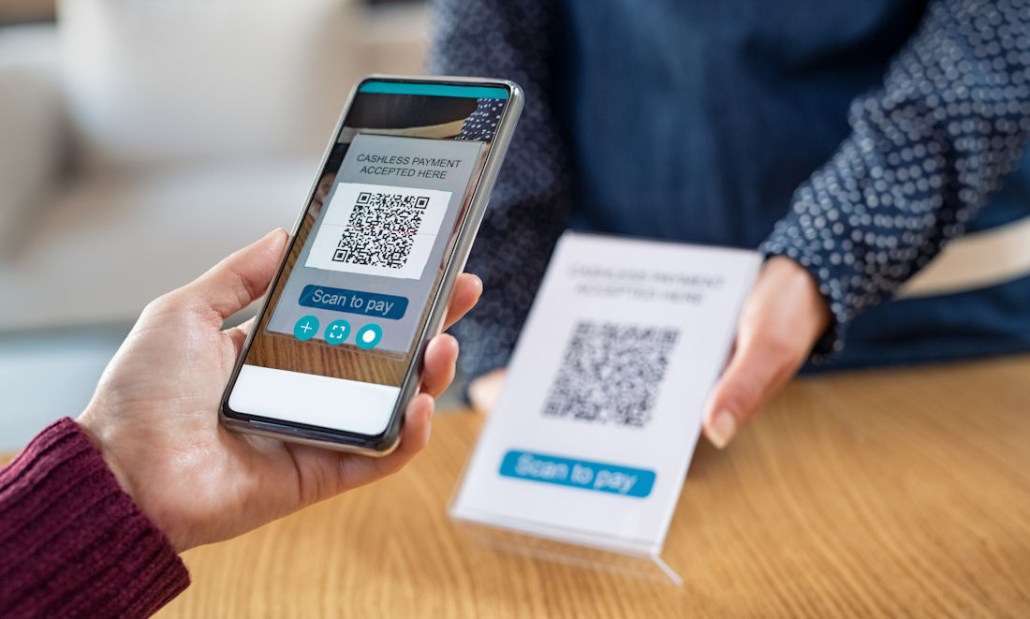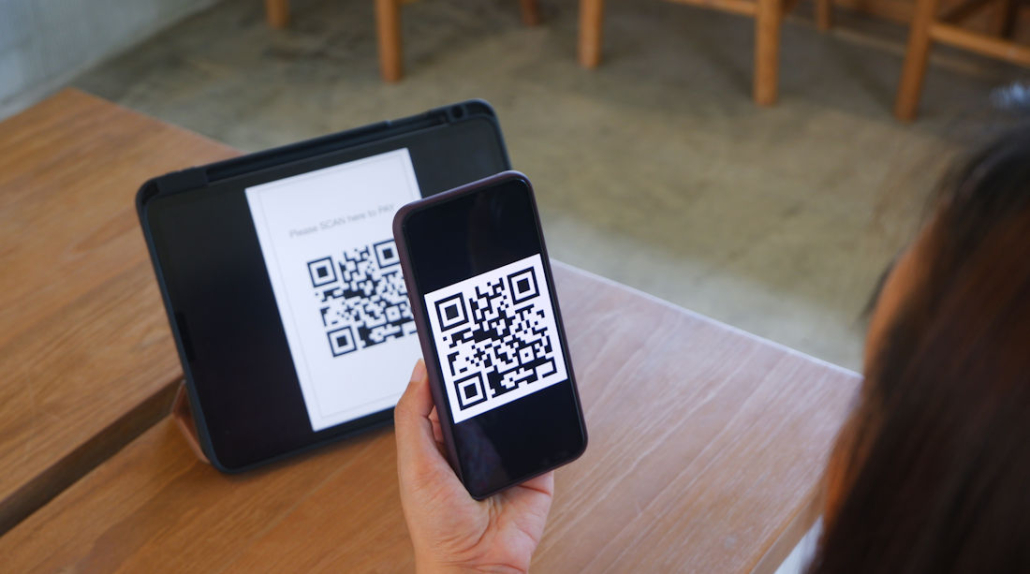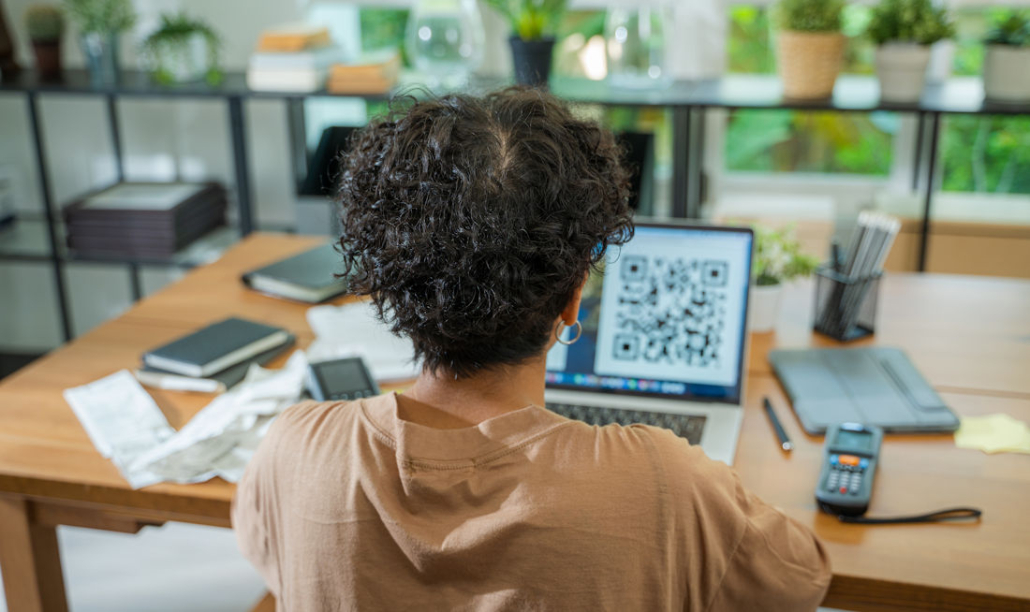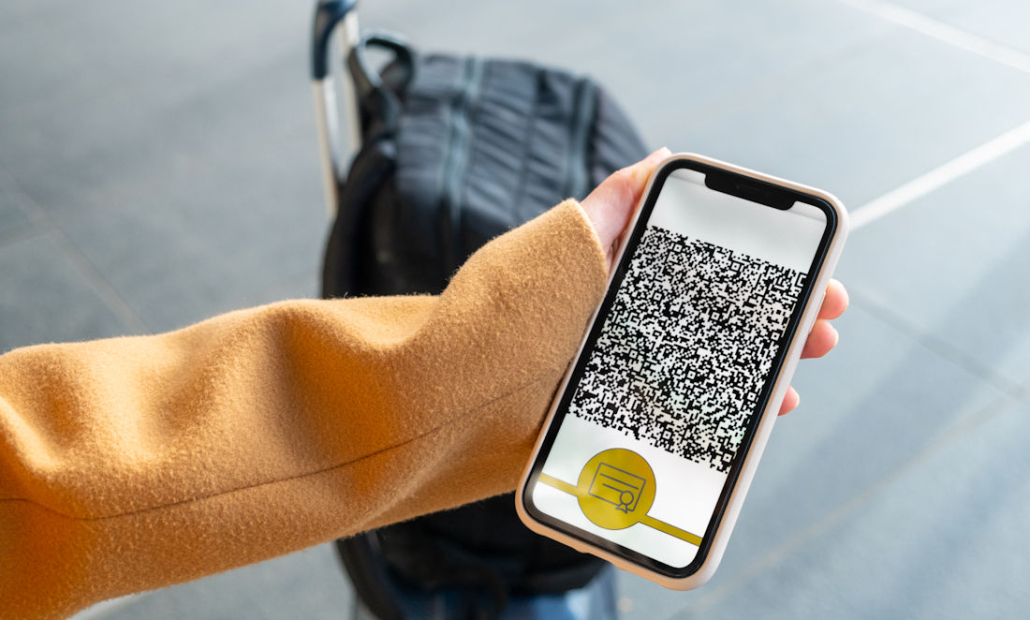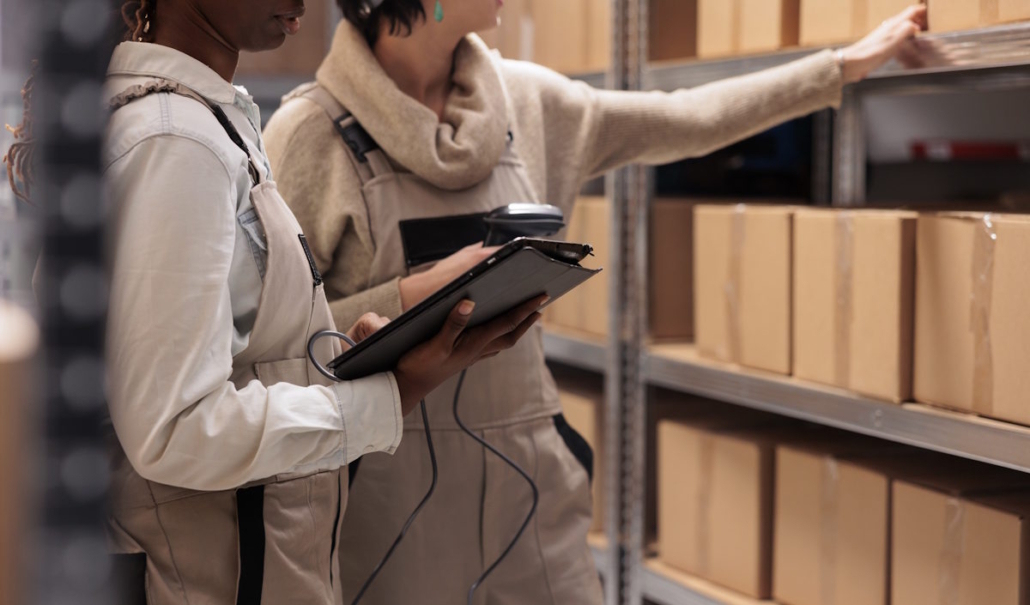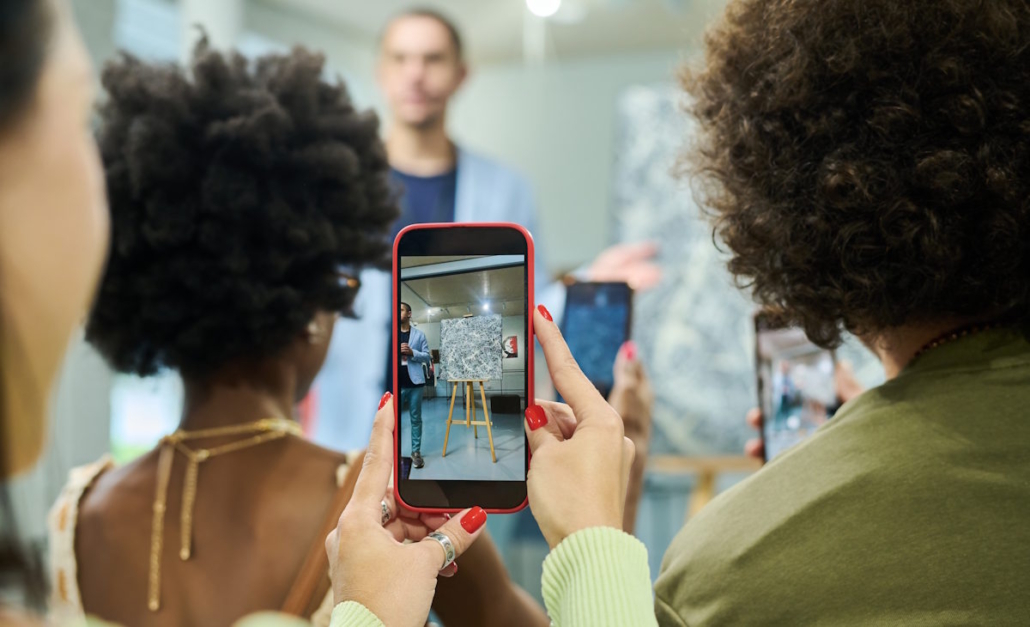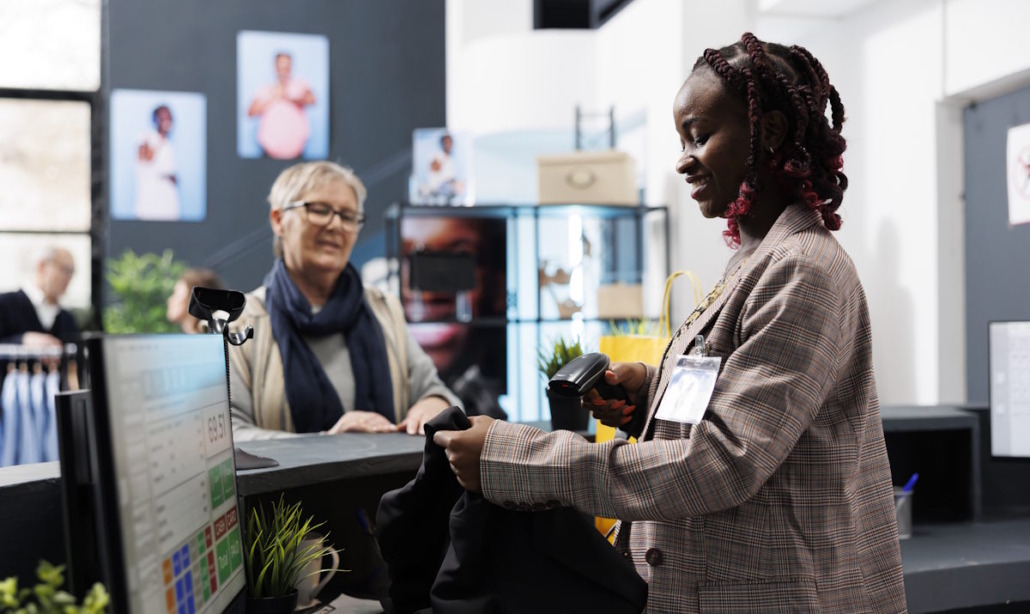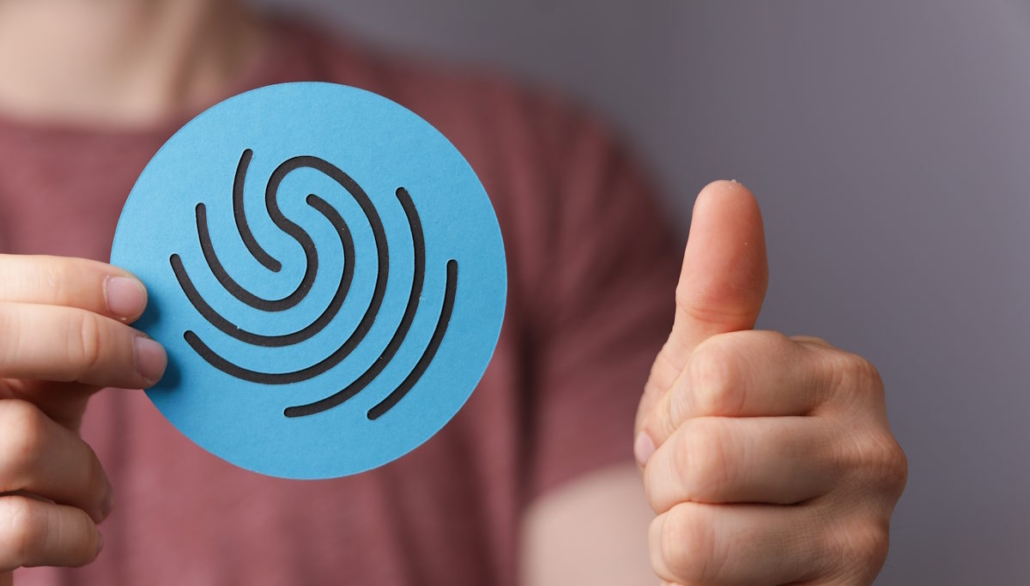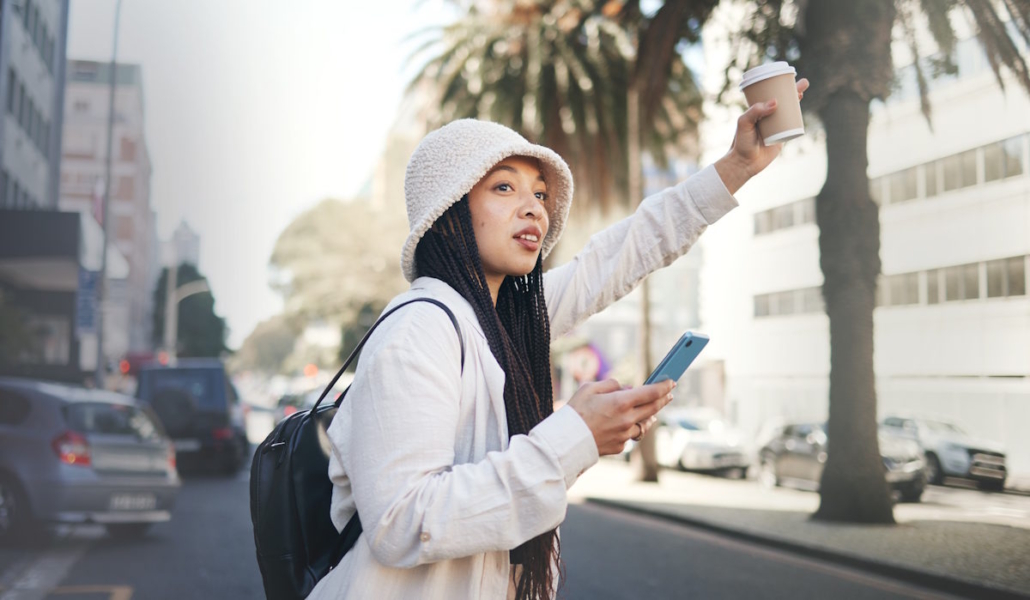How to Manage Your Own Finances as a Small Business
Managing a small business is an exciting and fulfilling endeavor that allows individuals to create their own schedules, hone their passions, and create real wealth for themselves. But entrepreneurship isn’t for the faint of heart.
One of the biggest challenges you’ll face, particularly in the early days, is managing your finances. Keeping expenses under control, keeping up with taxes, and separating the person from business are just some of the ordeals to wrestle with. In this article, we’ll provide some high-level tips to help small business owners manage their finances:
Separate Personal & Business
Separating your personal finances from that of the business’ protects your personal assets from any liabilities of the business. This is also the best way to simplify your accounting and tax obligations, ensure accuracy of your records, and meet legal requirements.
Incorporation
To start, you’ll need to register your business as a corporation. This action legally separates you and your personal assets from your business.
Bank Account
After you’ve legally separated your business from personal, it’s time to split the finances. Open a business bank account at a reputable financial institution and keep only the business’ money inside. This is where all business income should land.
Credit Card
Once you’ve got a bank account for the business, you’ll need a business credit card to track purchases. All business expenditures should be made with this card, while being careful not to pull it out for personal use.
Pay Yourself
As the business begins to bring in money and mature, you’ll want to start paying yourself. You can either establish a regular paycheque for yourself like an employee, or you can draw from the business during times of plenty. You’ll just need to make sure every transaction as a withdrawal or owner’s salary expense.
Plan for Taxes
With your business separated from your personal life, you’ll be set to receive two unique tax bills during tax time. While most individuals who are simply employees don’t have to think about taxes until it’s time to file, entrepreneurs will need to be more proactive.
Estimate Your Tax Bill
Rather than waiting until tax time and incurring a huge tax bill that must be paid with one big lump sum, business owner’s should plan in advance. Remember, nobody is there to automatically take off tax from your income – that all falls on you. Looking at the business tax rate in your area, make calculated estimations, well in advance, of just how much you’ll owe.
Make Payments
Armed with your tax estimations, business owners are able to make tax payments whenever they choose. To stay on top of things, it’s a good idea to set aside money every month and make quarterly payments towards your impending tax bill.
Keep Receipts
As a business, you’ll have the ability to write off a number of expenses towards your income. But this is only possible if you keep detailed, accurate records. It’s imperative that you not only track all expenses and income, but keep all receipts related to the business.
Budget & Track
Planning for the future and making strategic decisions for your business will be a straight up nightmare without proper budgeting and tracking in place.
Create a Budget
All businesses should use some kind of a budget, which will empower business owners to make good financial decisions, anticipate future needs, and manage risks. If you’re just starting out, the budgeting process will be a little trickier, but an established business will be able to look at historical records to make more accurate forecasts about the future financial position of the business.
Cash Flow Forecast
Similar to a budget, which is focused on spending estimates, the cash flow forecast estimates how much money the business will receive. This kind of document will live alongside your budget to give you a more complete picture of how money is expected to move in and out of the business.
Track Profitability
At the end of each month, it’s a good idea to review your financial statements to get a clear picture on how much money the business made or lost. Budgets and forecasts aside, the profit and loss statement will give you the actual bottom line. This number can help you make important financial decisions when it comes to paying yourself, planning future expenditures, and assessing risks.
Practice Good Bookkeeping
Managing a small business requires accurate tracking of everything coming in and out of the business, while taking the time to review forecasts and financial statements and using them to make strategic decisions. If you don’t have a bookkeeper, learn to use an accounting package and make sure you enter your sales and expenses as they occur (or as soon as possible).
Use Accounting Software
These days, there are a number of free or low-cost accounting software products out there that can help you automate tasks, limit errors, and streamline your bookkeeping process. Using the product of your choice, every dollar spent or made can be accounted for.
Establish a Schedule
Bookkeeping will be less cumbersome and more efficient when done on a regular schedule. During this time you’ve set aside you can categorize transactions, check out financial statements, and ensure accounts and transactions are accurate.
Generate Reports
One of the greatest benefits of these accounting software products is their ability to generate clear, visually-appealing reports in seconds. Reports like profit and loss statements and balance sheets can be built on demand and used to inform stakeholders along with your decision-making process.
Use an Advanced Point-of-Sale System
If your business has brick-and-mortar locations for selling products and services, an advanced point-of-sale system is a no-brainer. The right system can modernize your business and streamline your processes, making financial management much easier.
MyPOS Connect, from Tri-City Retail Systems, is a Cloud-enabled point-of-sale software solution that comes with a variety of features to help business owners manage transactions, inventory, and payments. Our POS system also allows you to manage accounts receivable by processing and tracking invoices, issuing statements, and applying payments to specific invoices. It can also synch up online and in-person sales for accurate revenue reporting and tax accounting.
Learn more about MyPOS Connect and book a demo today: https://tricityretail.com/features/

